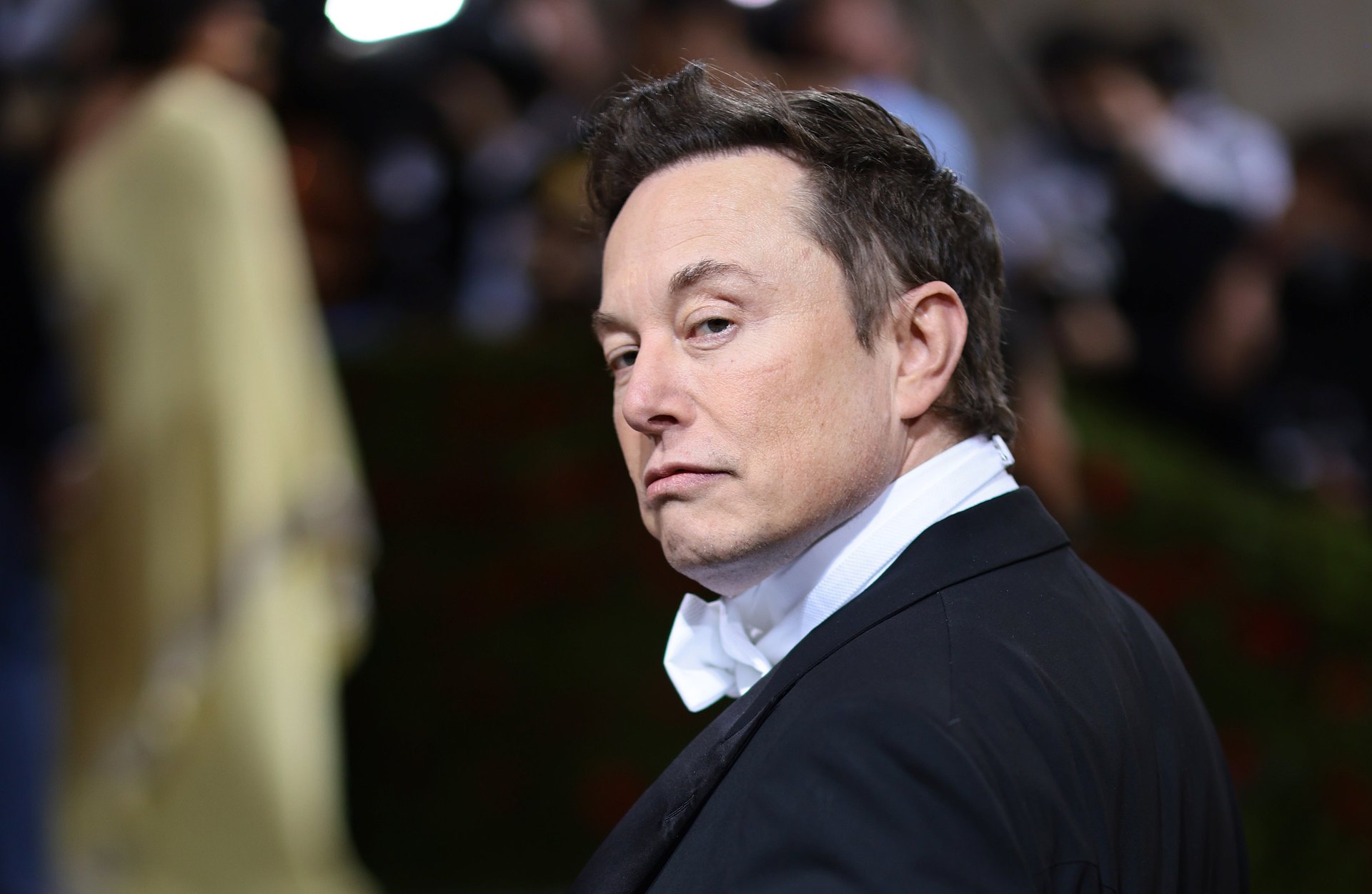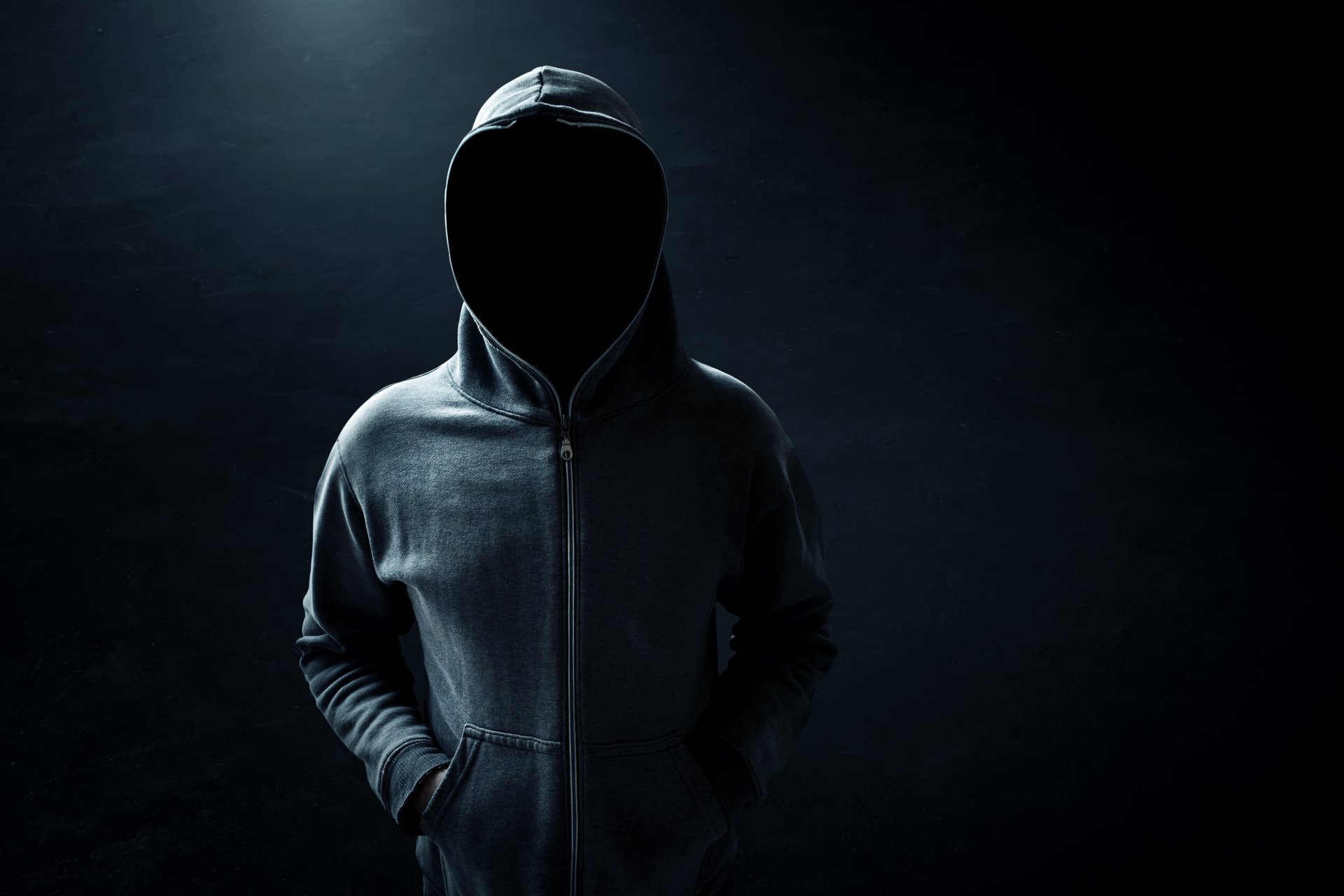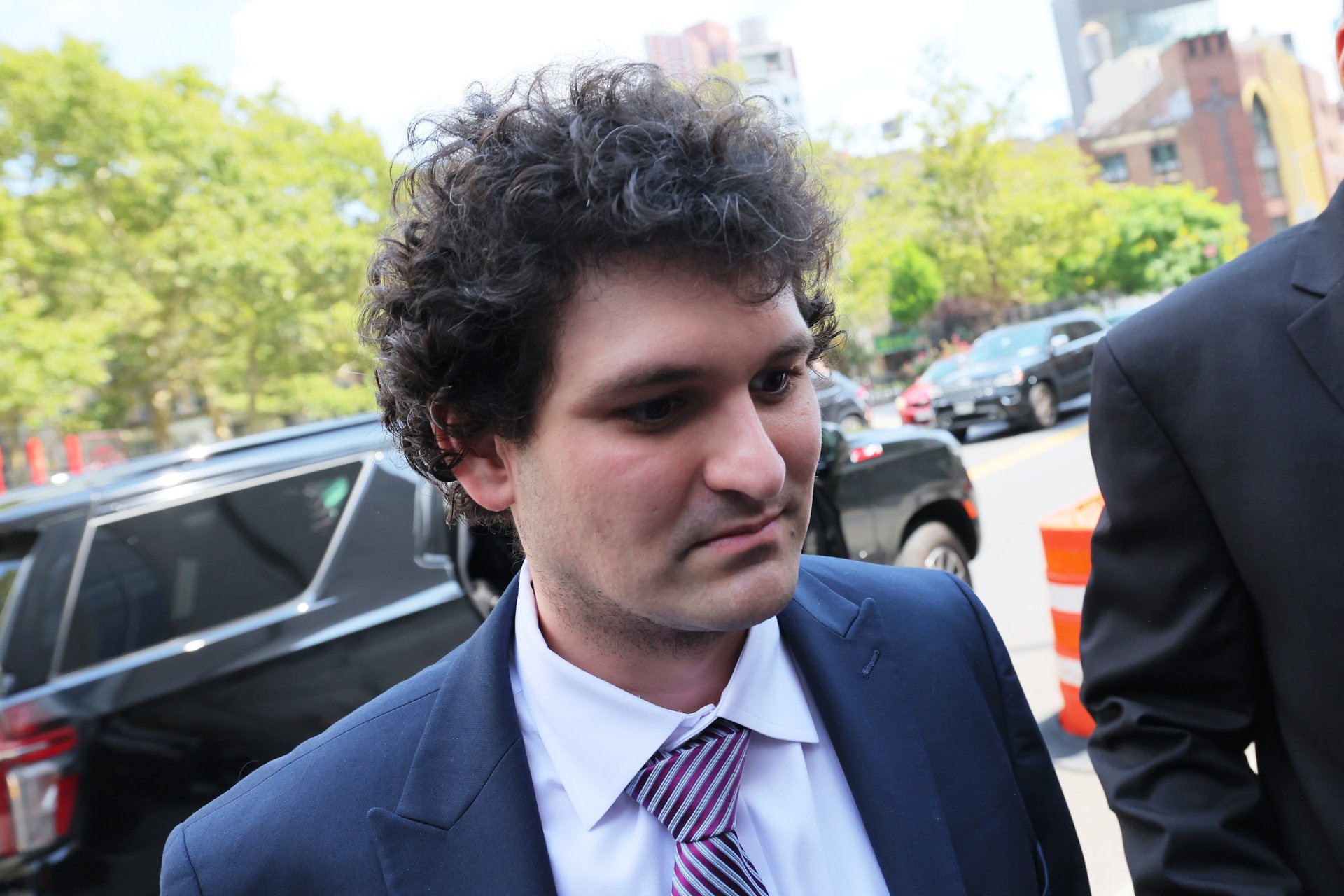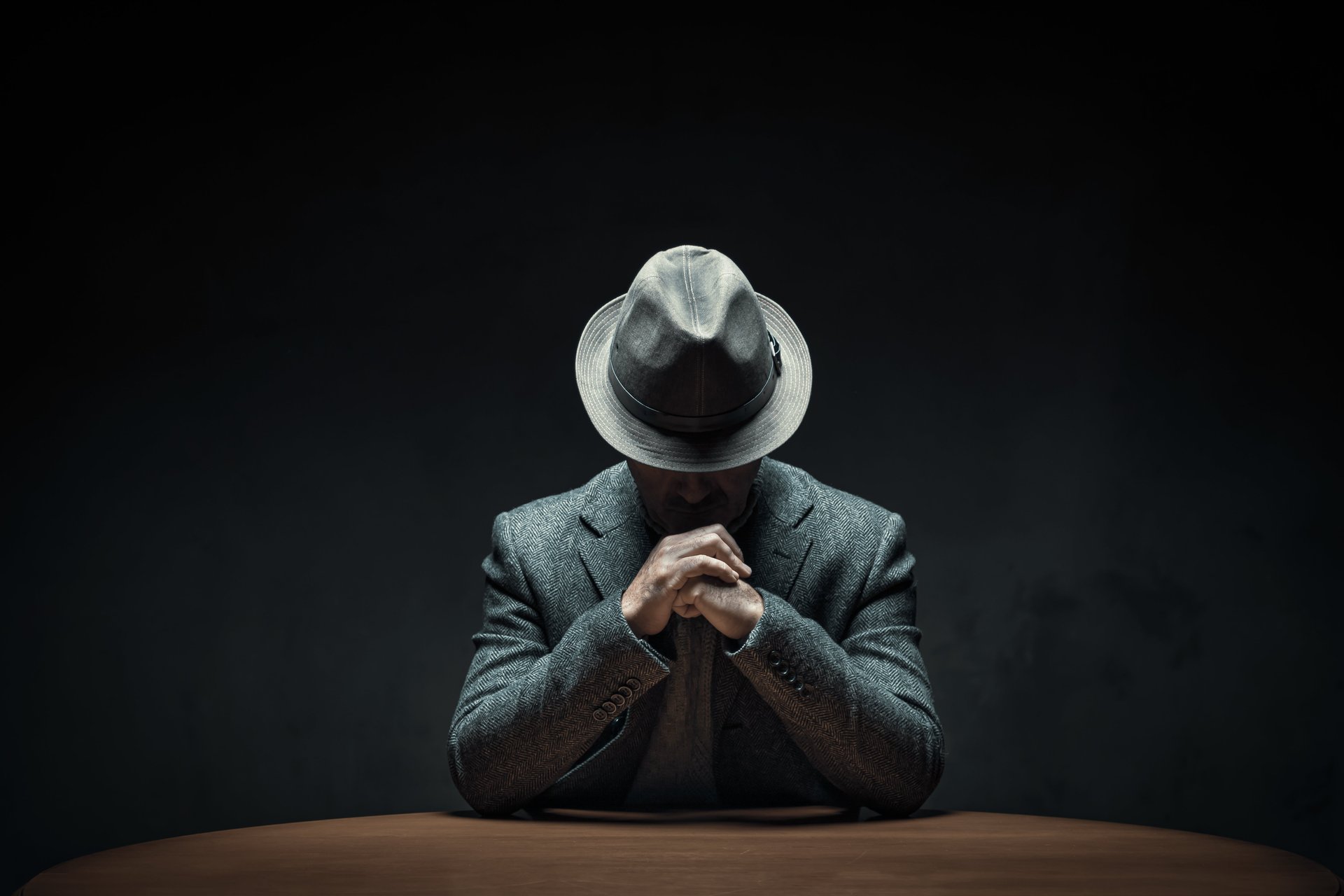5 new details from inside Elon Musk's Twitter takeover
A new book reveals some of the wild twists and turns of the deal

Elon Musk is probably one of the most controversial people in the U.S., if not the world. And much of that comes from his actions leading up to, during, and after he acquired social media website Twitter for $44 billion in 2022.
Now, a new book by The New York Times journalists Ryan Mac and Kate Conger has shed more light on the already heavily documented months of turmoil that enveloped Twitter, now called X under Musk’s purview. Here are five crazy details from Character Limit: How Elon Musk Destroyed Twitter.
2 / 6
1. The “Goons”

When Elon Musk took over Twitter, he took his “goons” — as Twitter employees called them — with him.
Those goons were the workers and leaders Musk brought over from his other companies — namely Tesla (TSLA), SpaceX, and Neuralink — to work at Twitter. That included a few dozen of Musk’s most trusted engineers, including Ross Nordeen — now at Musk’s xAI startup — and his cousins, Tesla Autopilot engineer James Musk and Neuralink’s Andrew Musk.
That has been fairly documented, but Character Limit paints a clear picture of how Twitter’s longtime employees felt about Musk’s loyalists.
The so-called goons “meandered through the halls as they awaited instructions, the glares of Twitter workers burning into the back of their necks. Some of them, engineers who came from Musk’s other companies including Tesla and SpaceX, felt awkward invading Twitter, but they knew they served the whims of one man.”
Musk’s cousins, who had been directed to lead the culling of Twitter’s engineers, demanded data from employees’ performance evaluations. Neuralink’s Jared Birchall, according to Character Limit, told an executive that the goons had been considering demanding workers sign a loyalty pledge or otherwise issue an ultimatum for workers.
Twitter employees were later required to complete a survey that, essentially, confirmed they would be loyal to Musk. Employees who had been openly critical of Musk, both in public forums and on company chatrooms, were fired.
3 / 6
2. SBF nearly teamed up with ERM

Elon Reeve Musk and FTX founder Sam Bankman-Fried, although very different, are probably among the most controversial businessmen in recent years. And when Musk was trying to round up the cash to buy Twitter for $44 billion, a team-up between ERM and SBF almost happened.
Michael Kives, a Hollywood agent who had represented names like Bruce Willis and Arnold Schwarzenegger, was the first to suggest that Musk link up with Bankman-Fried. Kives, according to Character Limit, made $125 million from his dealings with Bankman-Fried.
Neuralink CEO Jared Birchall, who also has key roles advising and aiding Musk in some of his other ventures, vetted the FTX founder before meeting with Musk. Michael Grimes, the head of Morgan Stanley’s (MS) global technology investment banking division, also pushed for Bankman-Friend’s investment, telling Musk that SBF was willing to put up between $3 billion and $10 billion.
Musk, however, didn’t like him.
“To be honest, I’d never heard of him,” Musk said in November 2022, according to CoinDesk. “But then I got a ton of people telling me [that] he’s got, you know, huge amounts of money that he wants to invest in the Twitter deal. And I talked to him for about half an hour. And I know my bulls**t meter was redlining. It was like, this dude is bulls**t – that was my impression.”
4 / 6
3. “A good friend of mine,” named Sean “Diddy” Combs

In addition to being an investor in X, disgraced rapper and producer Sean “Diddy” Combs was among the tools in Elon Musk’s arsenal when he first met with advertisers following his Twitter acquisition.
During a call with advertisers shortly after Musk purchased Twitter, Detavio Samuels — the CEO of Revolt, a company founded by Diddy that later cut ties with him — made clear his concerns with Musk’s style of moderation, especially with respect to its potential effects on Black social media users.
“As a Black man, I don’t want to walk down a neighborhood where people are whispering the N-word, whether I hear it or not,” Samuels said, adding that he recommends Musk meet with the Black community and ensure that any solutions make them feel safe and welcome on Twitter.
Musk replied that he agreed Twitter should “make people feel comfortable.” Then, he noted that “Puff is an investor in Twitter” and “he’s a good friend” that he texts with frequently, according to Character Limit. That response, according to the book, wasn’t welcome by some Twitter executives.
Diddy on Monday evening was charged with racketeering, sex trafficking, and transportation to engage in prostitution, USA Today reports.
5 / 6
4. A $52,000 scam

Elon Musk has never been one to mince his words. In 2018, that escalated to calling British diver Vernon Unsworth, who helped rescue 12 children trapped in a cave in Thailand, a “pedo” on Twitter. Unsworth sued him for defamation, but Musk prevailed in court.
According to Character Limit, one of Musk’s right-hand men eventually hired a private investigator to prove that Unsworth was a “creep,” as the book puts it. Neuralink CEO Jared Birchall, paid what he thought was a private eye $52,000 to turn up dirt on the diver. However, that individual was actually a former convict who fed Musk and Birchall false information, according to Character Limit.
6 / 6
5. A hunt for “ghost employees”

After Elon Musk took over Twitter, he focused heavily on slashing its workforce and expenses. That drive led to an obsession and caused the billionaire, “racked with paranoia,” to convince himself that Twitter had a ghost employee infestation, according to Character Limit.
Ghost employees are workers — or, potentially, bots — that are on payroll but don’t actually exist or otherwise work for a company. As part of an agreement to slow down layoffs, Musk demanded then-Chief Accounting Officer Robert Kaiden to audit the identities of more than 7,000 employees — with just two days to carry out his orders.
Kaiden, struggling to meet his tight deadline, was forced to pester managers to confirm that each of their employees are real. “We need to know by 8 AM PT if you know the following employees and that they are really humans,” Kaiden wrote in a Monday evening email. In the end, he was able to verify that there were no “ghosts” at Twitter, despite Musk’s fears.
